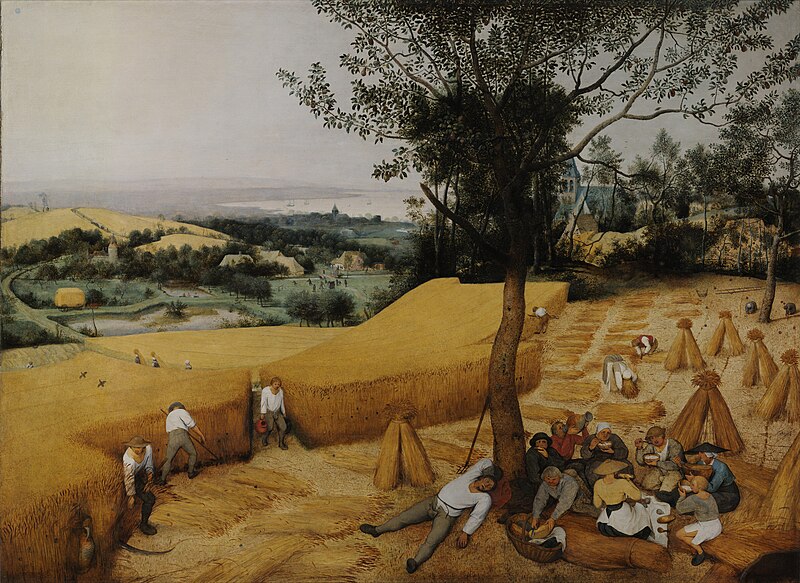 |
| My watercolor graphic for the invitation. Yes, it dangles. It is meant to be a corner ornament. |
A long time ago and far, far away I worked as a graphic designer. One of my favorite tasks was choosing paper for print jobs. AJ Laux in Lockport and, later, XPedX’s retail store on South Avenue in Rochester were two of my favorite places. Paper and envelopes, not shrink-wrapped but each kind in their own precise little cardboard coffer, are more sensual than chocolate, more gratifying than new shoes.
|
|
| OK, kids, go ask your grandparents what this tool was. And think that I paid $48 for it in the 1980s. That’s like $2000 today. (I saved it in case I can figure out how to use it as a depilatory.) |
A few weeks ago, an important client commissioned a watercolor-and-design project. That would be my daughter, who is being married in October. Of course I was happy; not only do I love my daughter but I particularly love multi-layered, text-based design. And I got to do a watercolor!
What a lovely time to be a designer this is! Never has software been so fluid, flawless and flexible. High speed digital printing has rendered service bureaus, separations, film, and press proofs obsolete. The technical barriers that stood between idea and realization have pretty much been eliminated. You have an inspiration; an hour later it’s uploaded and on its way. And if you don’t have any skill, you can do a pretty bang-up job just using the templates available online. (Try thatwith painting.)
 |
| The last project for which I was able to buy paper at XPedX. |
(I am a bit wistful when I see all the wonderful hand-drawn typefaces shared so freely across the internet. As a youngster I loved typeface design, but there was no way to convert one’s own typography to anything useful. It’s almost enough to make one envy the young.)
But in the past few years there has been a less-welcome change in the graphics industry. The demise of small offset print shops has led to the corresponding demise of the small paper shops which supported them. The rise of big box office supply stores has undone small stationers. Last year XPedX closed their retail stores nationwide. One’s paper-buying options in Western New York seem to be limited to office supply stores (which specialize in copy paper) and craft stores (which specialize in scrapbooking papers).
 |
| All off-whites are not created equal. |
I spent the day today on the phone talking to paper reps to no avail—none of them were set up to have a retail customer come in and fondle their samples.
Finally, I found a throwback, a lovely woman named Cheryl who works in a paper warehouse in Buffalo. She was willing to take the time to work with me on my very small order. Quickly we ascertained that in the limited time we had, our color choices were ivory, ivory, or ivory. Luckily, the bride likes off white, and I have some accent sheets from a prior project that will dovetail quite nicely.
There are some things you just can’t order blind over the internet: sun-kissed garden tomatoes, silk lingerie, and paper you’ve never seen, touched or felt. I solved today’s problem but I don’t know what the long-term answer will be.
Join us in October, 2013 at Lakewatch Manor—which is selling out fast—or let me know if you’re interested in painting with me in 2014. Click here for more information on my Maine workshops!





